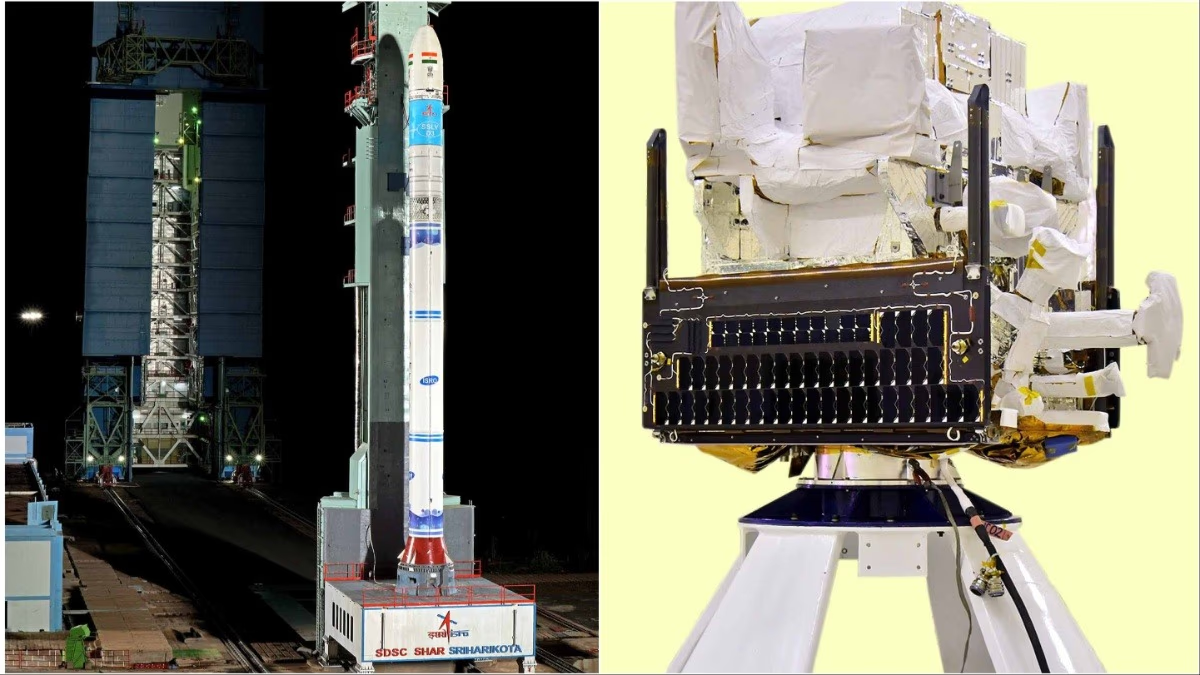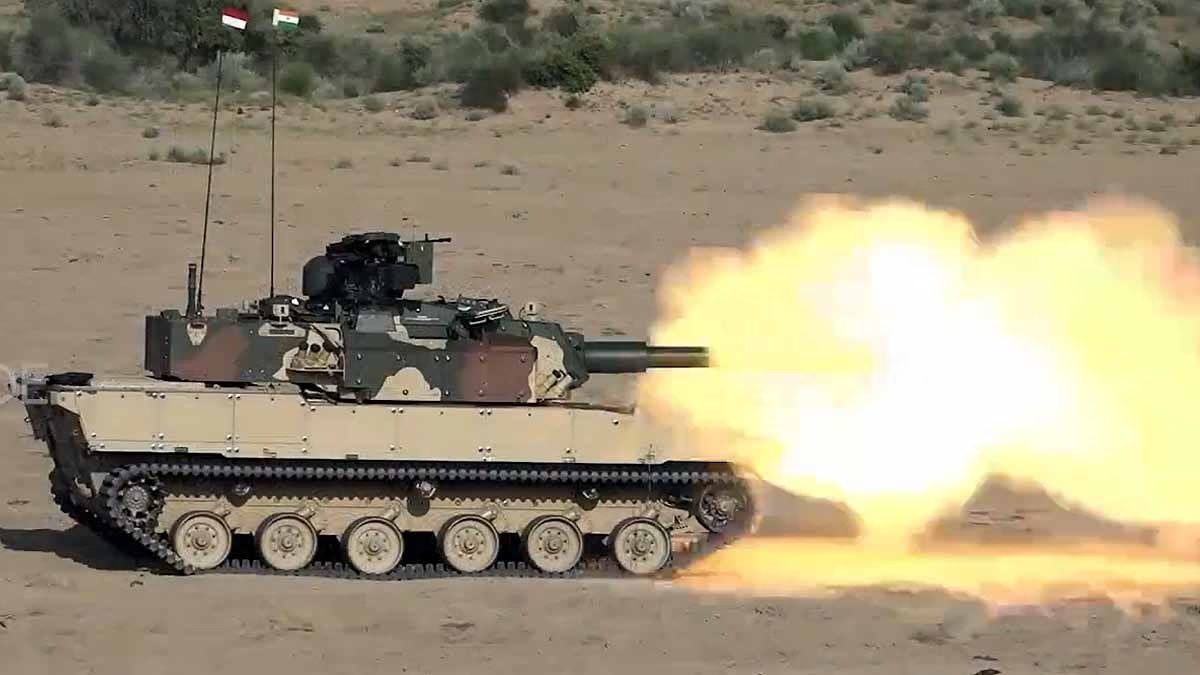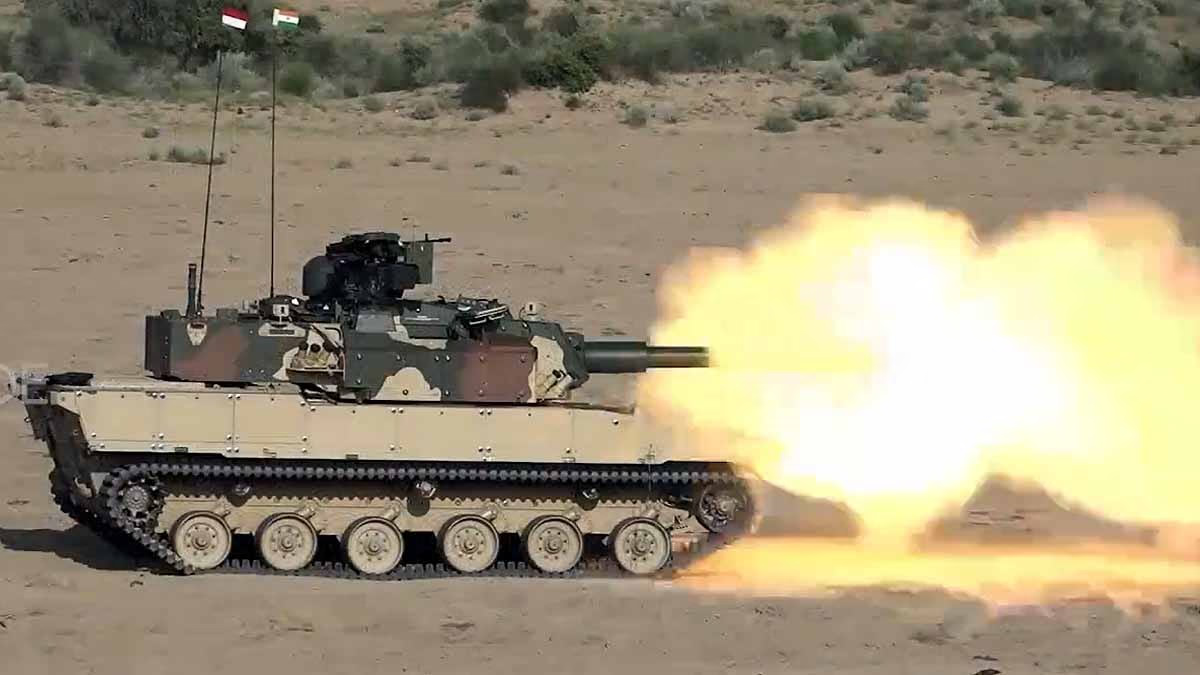On the morning of August 16, 2024, at 9:17 AM, ISRO will launch the SSLV-D3 rocket from the Satish Dhawan Space Center in Sriharikota. This rocket will carry the new Earth observation satellite EOS-8 and a small satellite SR-0 DEMOSAT. Both satellites will orbit Earth at an altitude of 475 kilometers. Let's discover why this launch is historic.
Read More:
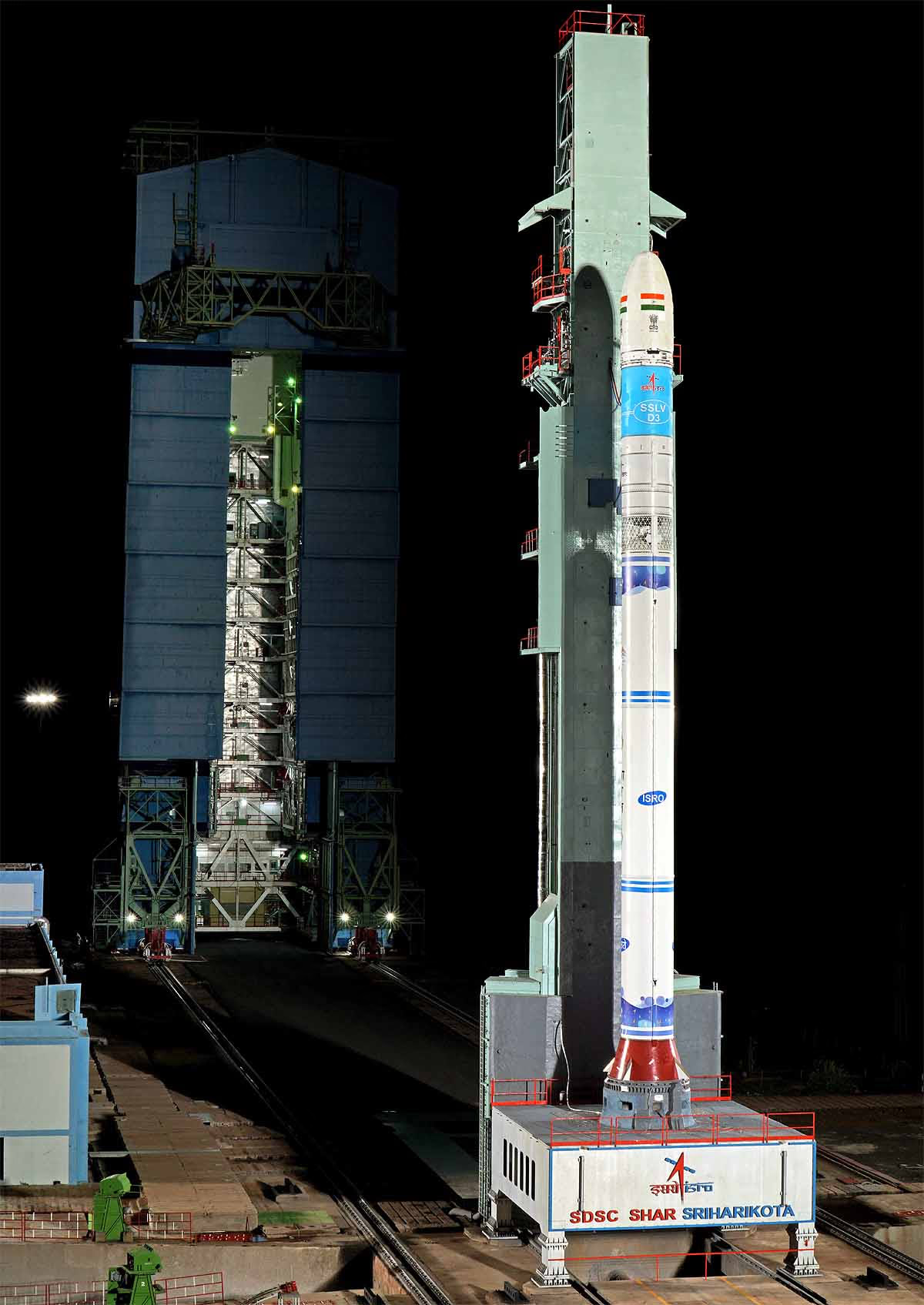
Source: aajtak
What is the SSLV-D3 Rocket?
SSLV stands for Small Satellite Launch Vehicle, and D3 indicates the third demonstration flight. This rocket will be used to launch mini, micro, and nano satellites. If successful, ISRO will declare it the country's third most magnificent rocket.
It can place 500kg satellites into a low Earth orbit under 500km or send 300kg satellites into a sun-synchronous orbit above 500km. This specific launch will reach an altitude of 475 kilometers to deploy the satellites.
Read More:
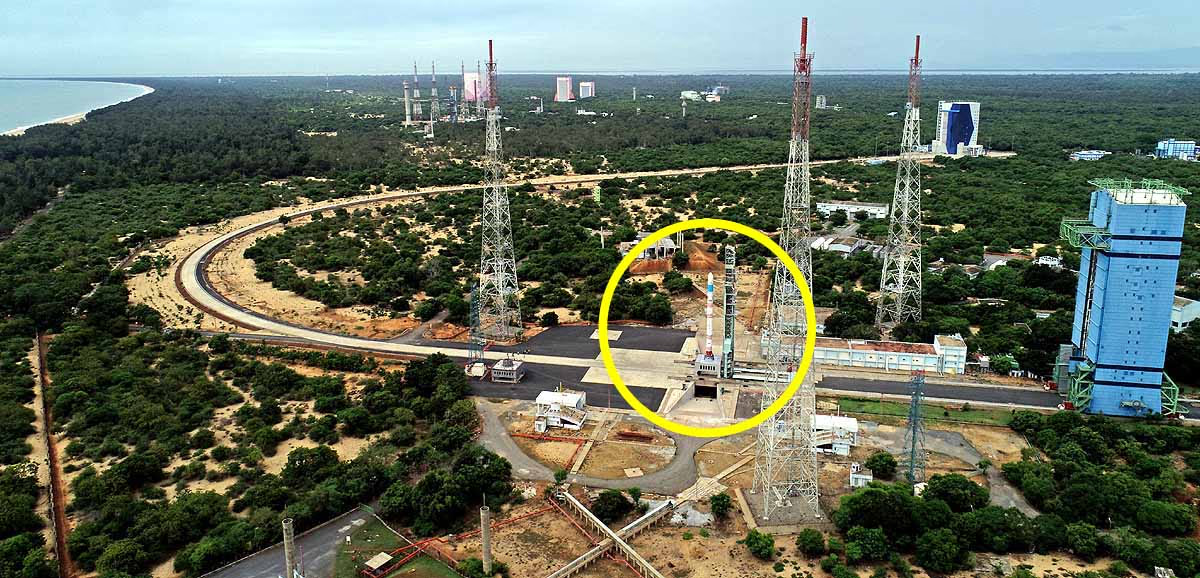
Source: aajtak
The SSLV rocket stands 34 meters tall with a diameter of 2 meters, and it weighs 120 tons. It can carry payloads ranging from 10 to 500 kilograms to an altitude of 500 kilometers. Impressively, SSLV can be prepared for launch in just 72 hours from Launch Pad 1 at the Satish Dhawan Space Center in Sriharikota.
EOS-8 Satellite: A Disaster Alert System
The Earth Observation Satellite EOS-8 monitors the environment, manages disasters, and performs technical demonstrations. Weighing 175.5 kg, it is equipped with three state-of-the-art payloads: an Electro-Optical Infrared Payload (EOIR), a Global Navigation Satellite System Reflectometry Payload (GNSS-R), and a SiC UV Dosimeter. The EOIR captures infrared images in both mid and long wavelengths, day and night.
Read More:
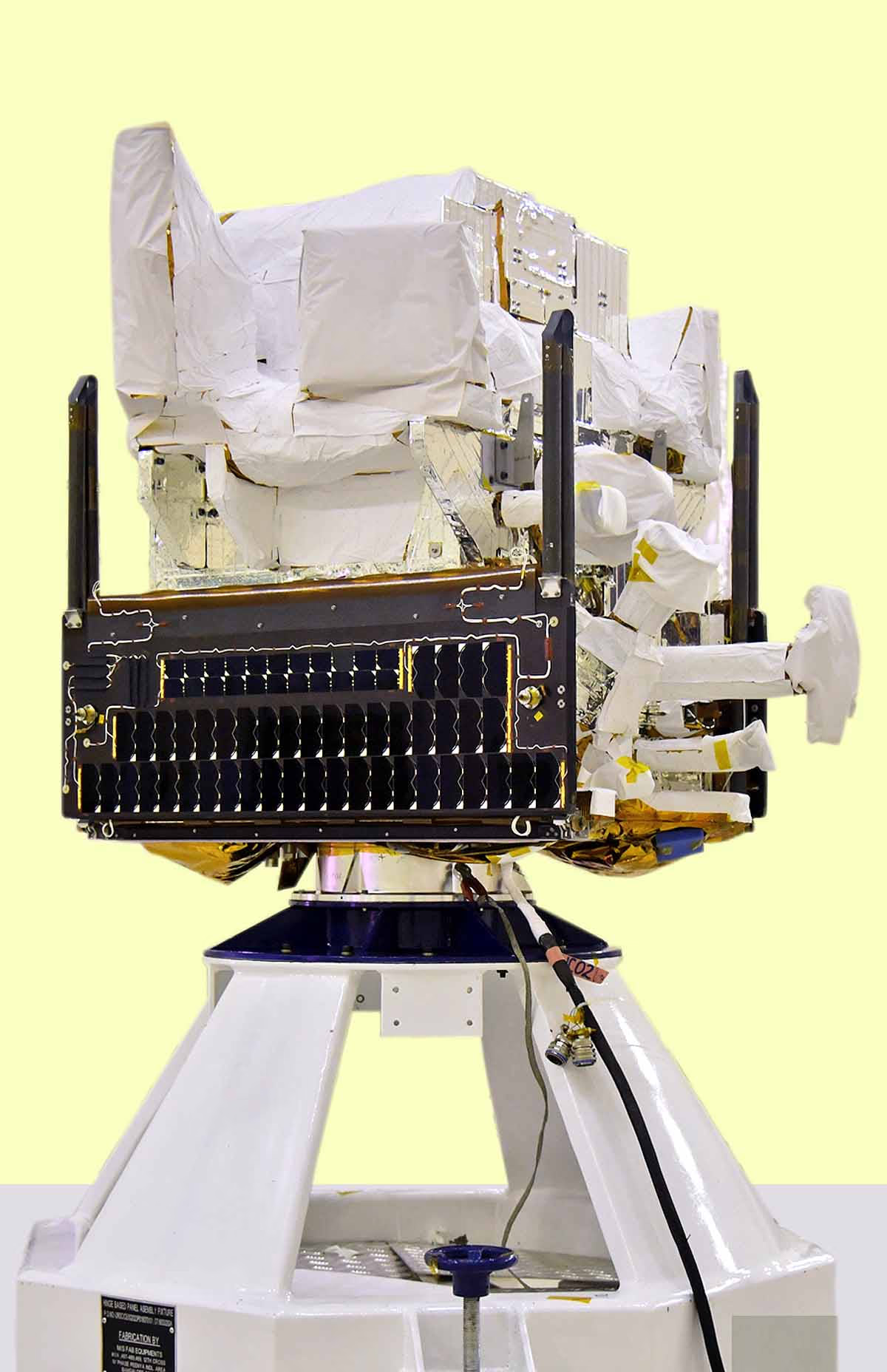
Source: aajtak
Protecting Earth from Natural Disasters
The data collected will provide information on disasters such as forest fires and volcanic activity. The GNSS-R assesses wind over marine surfaces and monitors soil moisture and floods. The SiC UV Dosimeter examines ultraviolet radiation, aiding in the Gaganyaan mission.
Enhancing Communication and Positioning
The EOS-8 satellite will orbit Earth at a low-altitude orbit of 475 kilometers, enhancing various technical capabilities. These include an integrated avionics system, communications, baseband, storage, and positioning (CBSP) package, capable of handling multiple tasks with a 400 GB data storage capacity.
Read More:
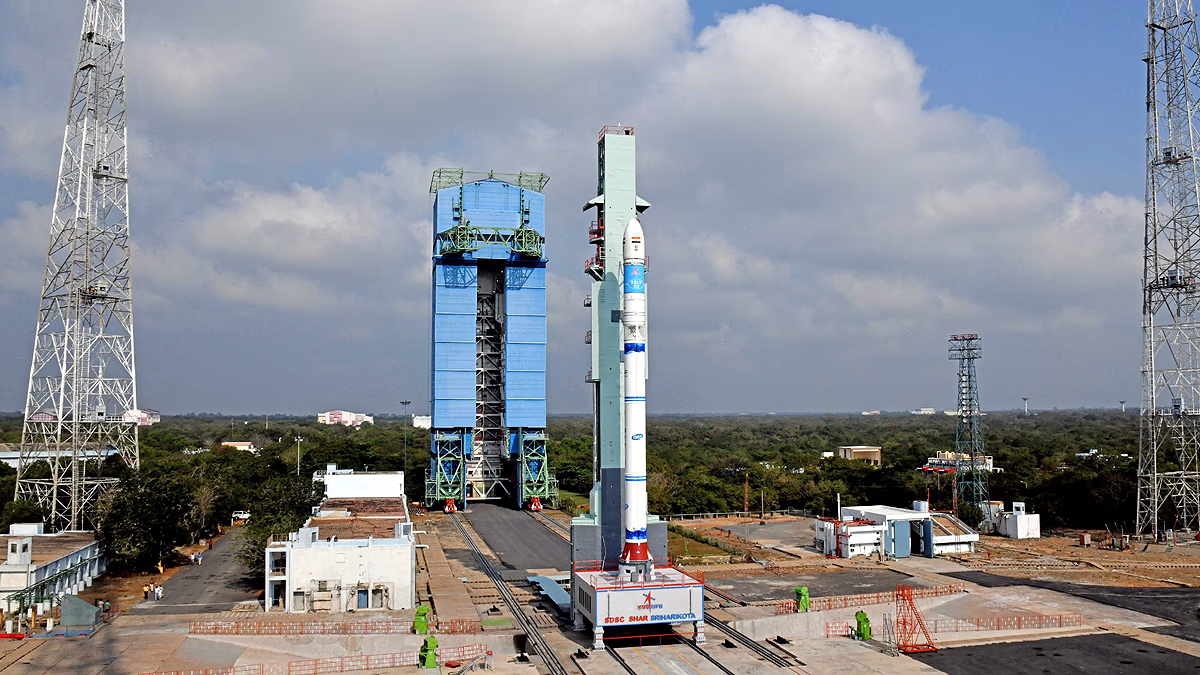
Source: aajtak
Importance of the Mission for the Nation
The mission's lifespan is one year. Post-launch, the SSLV-D3 will be fully operational, marking its third flight following previous launches on August 7, 2022, and February 10, 2023, which carried EOS-07, Janus-1, and AzaadiSAT-2 satellites.
A Cost-Effective Rocket Compared to PSLV
With the increasing international demand for small satellite launches, ISRO developed this rocket. An SSLV rocket costs about 30 crores, significantly cheaper than the 130 to 200 crore cost of a PSLV rocket.
